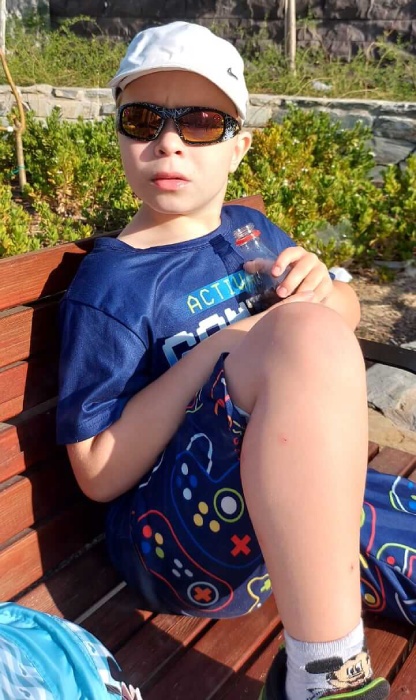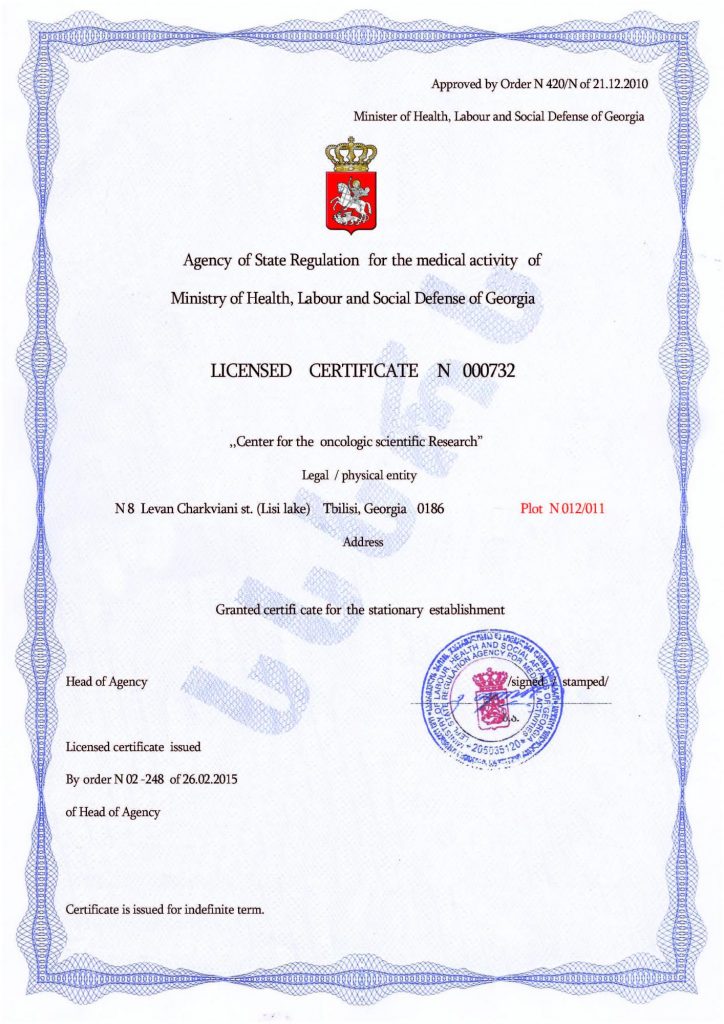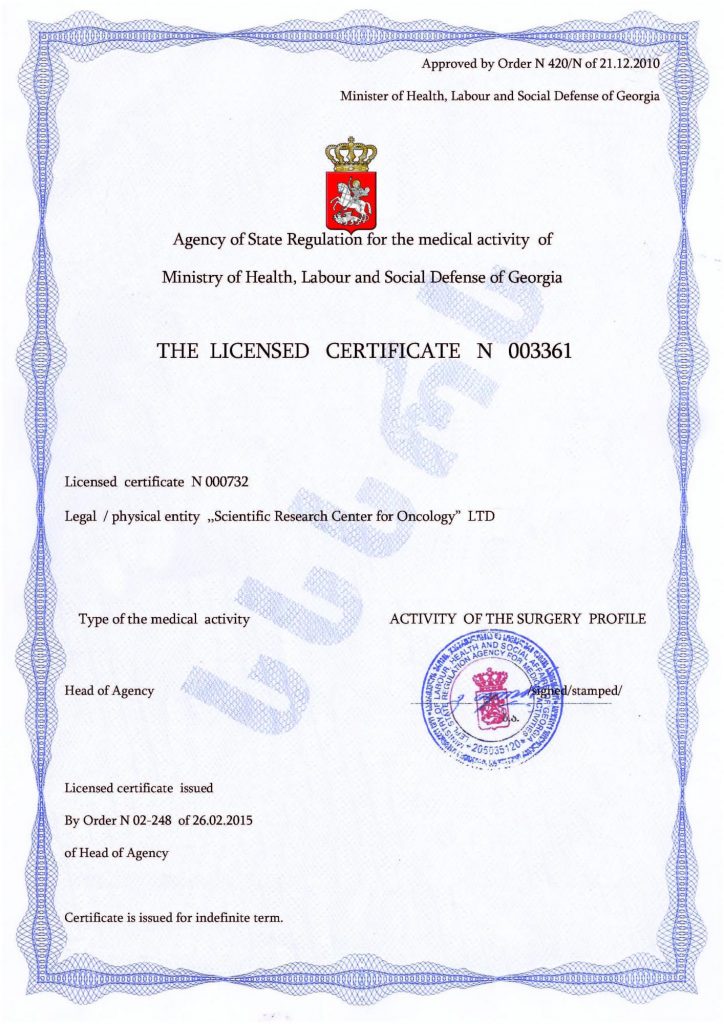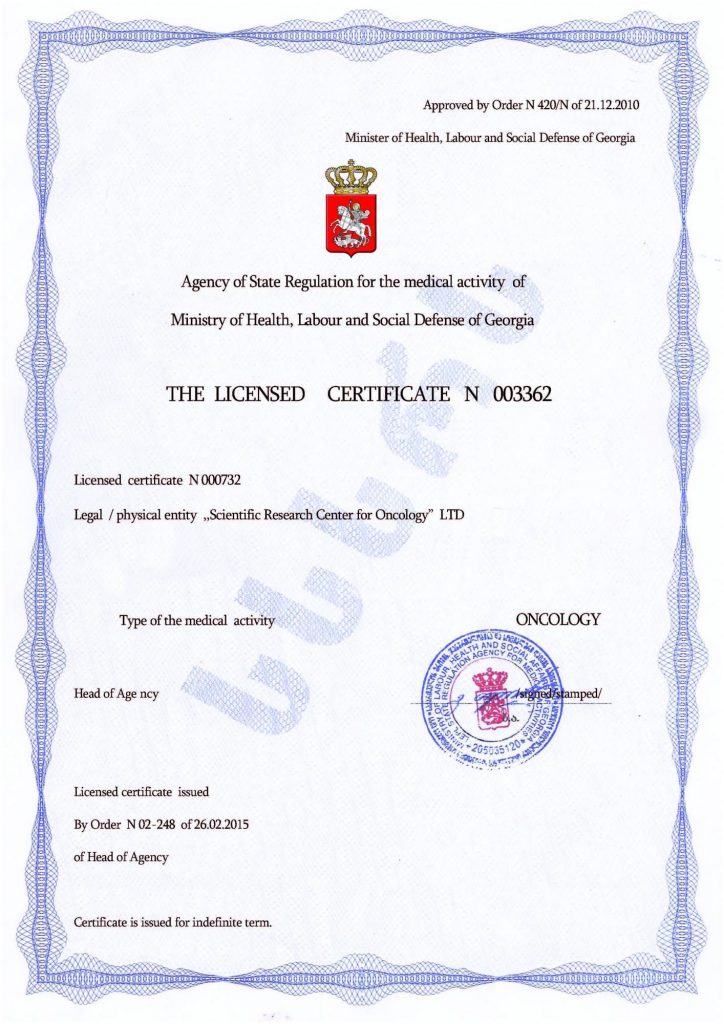School for Autistic Children: Knowledge and Development
Transferring a special needs child from a general education school to a specialized one may seem like a last resort. However, in reality, this step proves highly beneficial. The curriculum in schools for autistic children includes not only standard academic subjects but also various activities aimed at developing skills that promote overall development.
A Supportive Environment Enhances Learning
Children with autism respond positively to a classroom setting designed with their perceptual differences in mind. Teaching autistic students involves certain specific features and principles. Adhering to these helps achieve better academic results while also supporting personal growth.
- Encouragement
Surprisingly, some students with photographic memory may still forget to bring pens and pencils or remember assignment deadlines. To address this, visual reminders—like drawings of school supplies on notebook covers—and daily check-ins can be effective. When a child begins to remember these basics and keeps their space tidy, praise is crucial. It builds self-confidence and fosters independence in daily tasks. - Sensitivity in Communication
Some autistic children process abstract and conceptual thinking differently. Abstract concepts such as time, right and wrong, or possibility and impossibility are important due to their practical relevance. Teachers should avoid sharp remarks. For instance, instead of asking why a student threw a textbook on the desk (a question they may not know how to answer), explain that others didn’t like it and emphasize the importance of being careful. Instructions should be specific but delivered gently. - Visuals Over Words
Even reading-capable autistic students often decode visual cues better than verbal ones. They are more likely to grasp classroom rules through pictures. This also allows teachers to reduce lengthy verbal explanations, which students may not fully understand the first time. - Keep It Simple
To avoid verbal overload, teachers should use short, clear sentences—especially when students struggle to comprehend or assess the importance of the information provided. - Managing Repetitive Behavior
When students repeat phrases or questions, continuity in lessons is essential. Teachers should pause instead of continuously offering new information. During such pauses, allowing students to write their thoughts can calm them and reduce repetitive behavior. - Importance of Communication Channels
Autistic students face communication challenges. Relying on them to pass notes to parents about assignments, events, or school rules is ineffective. Even if they don’t hide the note, they may forget or lose it. It’s better for teachers to call parents directly until the student becomes more reliable in this role.
Beyond Academics: Addressing the Root Cause
Even in specialized schools, autistic children face pressures that impact their wellbeing and academic performance. This is even more pronounced in general education settings. Therefore, improving their condition to allow them to develop alongside neurotypical peers is essential.
Cell Therapy: A Groundbreaking Solution
Cell therapy offers the most effective path to this goal. It’s an innovative, safe, and natural method that targets autism itself, not just its symptoms. This drug-free approach leverages the body’s own regenerative abilities.
The procedure involves transplanting the patient’s own stem cells, eliminating the risk of rejection due to the absence of an immune response. These cells can transform into healthy counterparts of damaged ones, replacing them and quickly leading to improved behavior and reduced or eliminated symptoms. The results are long-lasting and often lifelong. Additionally, this therapy boosts the effectiveness of other autism correction strategies.
Already recognized globally, cell therapy is expected to become a cornerstone treatment. Leading clinics around the world practice it, including the Mardaleishvili Medical Center. With top specialists and state-of-the-art equipment, the center achieves the best possible therapeutic results. The quality of care meets the highest international standards, while the costs are lower than in many other countries with advanced healthcare systems. Comprehensive support is also available for planning the trip and arranging accommodations.
Try cell therapy — and give your child the chance to excel at school!
Autism Treatment Center Videos
Autism treatment with own stem cells
Cord blood association congress
International Quality Crown
Autism Treatment Reviews
Autism treatment with own stem cells
The story of Alessandro (6 years old)
Autism Patient Testimonial - Stem Cell Treatment
Clients Testimonials

Anna – Sasha’s mother Read More

Amirkhon’s father — Tokhir Read More

Dilana’s mother Read More

Irina and Stefan – Ilya’s parents Read More

Kristina – mother of Nelly and Nik Read More












